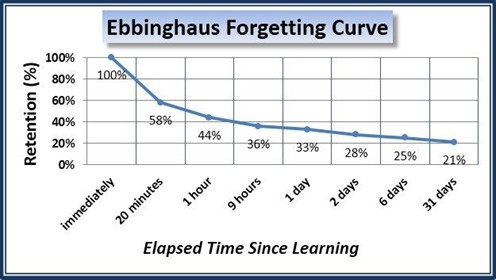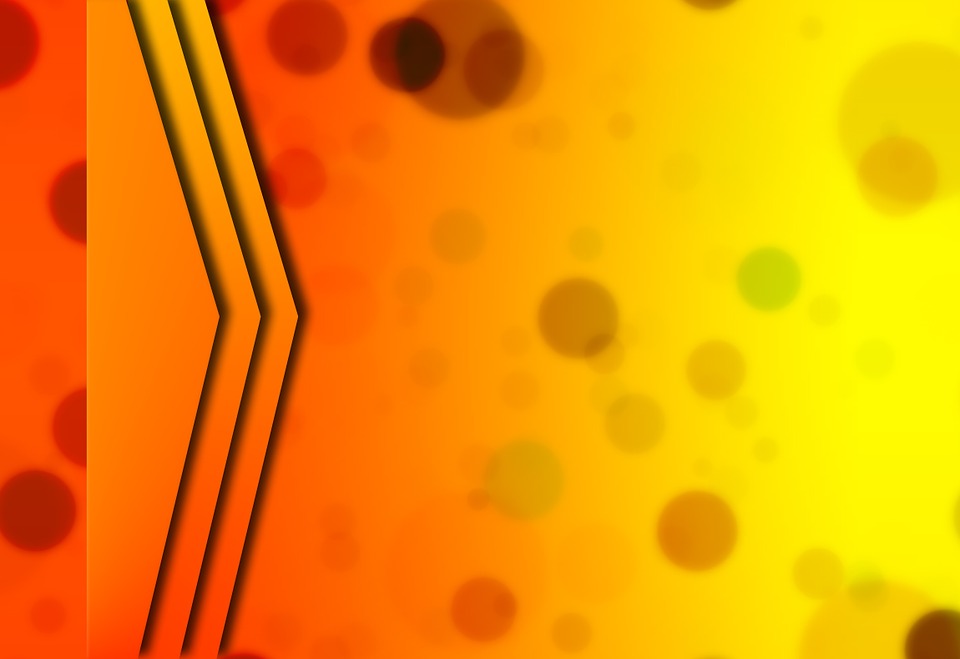Assessment That Makes Learning Unforgettable
Two distinct ideas converged on my desk recently: Cognitive Load and Forgetting Curve. Individually, they are important, but together they are unforgettable. When combined, they explain a lot about learning and what is remembered for a test or assessment.
Forgetting is natural. How many times have teachers said, “I know I taught it, but why don’t they remember it?” Recall for everyone is hard if you consider this forgetting curve.
Then there’s John Sweller’s cognitive load theory that explains that there are limits to new learning and that “instructional techniques are most effective when they are in accord with how human brains learn.” (Center for Education Statistics and Evaluation, p.2) Working memory is what an individual can hold in their brain at any one time. These short-term thoughts get transferred to long-term memory where they are sorted, organized, and utilized. Here are some assessment strategies to strengthen students’ memory.
Assess in the short term rather than relying on infrequent summative tests. Use entrance slips to see what students remember from a previous lesson: Consider un-graded exit slips before moving on to the next segment of learning or as a guide to the start of tomorrow’s lesson. Ask students to explain gravity to an extra-terrestrial or compassion to a novice superhero. As feasible, have them assess each other’s accuracy and depth of information.
Multimodal: Each student is a unique learner, but it is not realistic to prepare lessons for each one. Instead, include a sensory experience with each learning intention. Consider these options: Individually or in small groups, summarize learning by writing a brief rap, interpret song lyrics such as “We Didn’t Start the Fire,” clap to the beat of Shakespeare, or transform a traditional nursery rhyme into a current news report.
Assess Chunked Learning: Engage students in organizing key ideas, asking questions about quote or event, proposing alternative perspectives or solutions, or labeling related ideas or processes with color-colored sticky notes.
Peer to Peer: A simple “turn and talk” is enhanced with a talk-back, where a listener not only listens but explains what they heard the speaker say. The speaker then explains why they concur with the other’s summary or may alternatively clarify or amend their own comments.
Revisit and Recycle: Practice, review, and include prior learning in new material. This is especially important for building essential foundations of learning. For example, ask students to explain ways they are using the scientific process during each lab. Build student confidence by starting a new test with some review questions. Rely a different modality for reviewing than was used for learning, i.e. a viewing rather than a reading.
With Feeling: Emotions serve to embed learning. Laughter, stomping, sounds, and movement help students connect what they just learned to an emotion. For example, express a character’s anger by stomping, make a face to express your feelings about current events, demonstrate astonishment at an awesome science demonstration. Then ask students to explain or elaborate those feelings using electronic post-its or annotations on their tests.
These momentary pauses that solidify learning can enhance student memory and ease everyone’s cognitive load. Think about ways you can apply these ideas. For me, having translated the essential ideas of forgetfulness and cognitive load theory perhaps I’ll have better recall next time I try to persuade policy writers to: TEST LESS………………ASSESS MORE

First published in Corwin Connect Dec. 2017